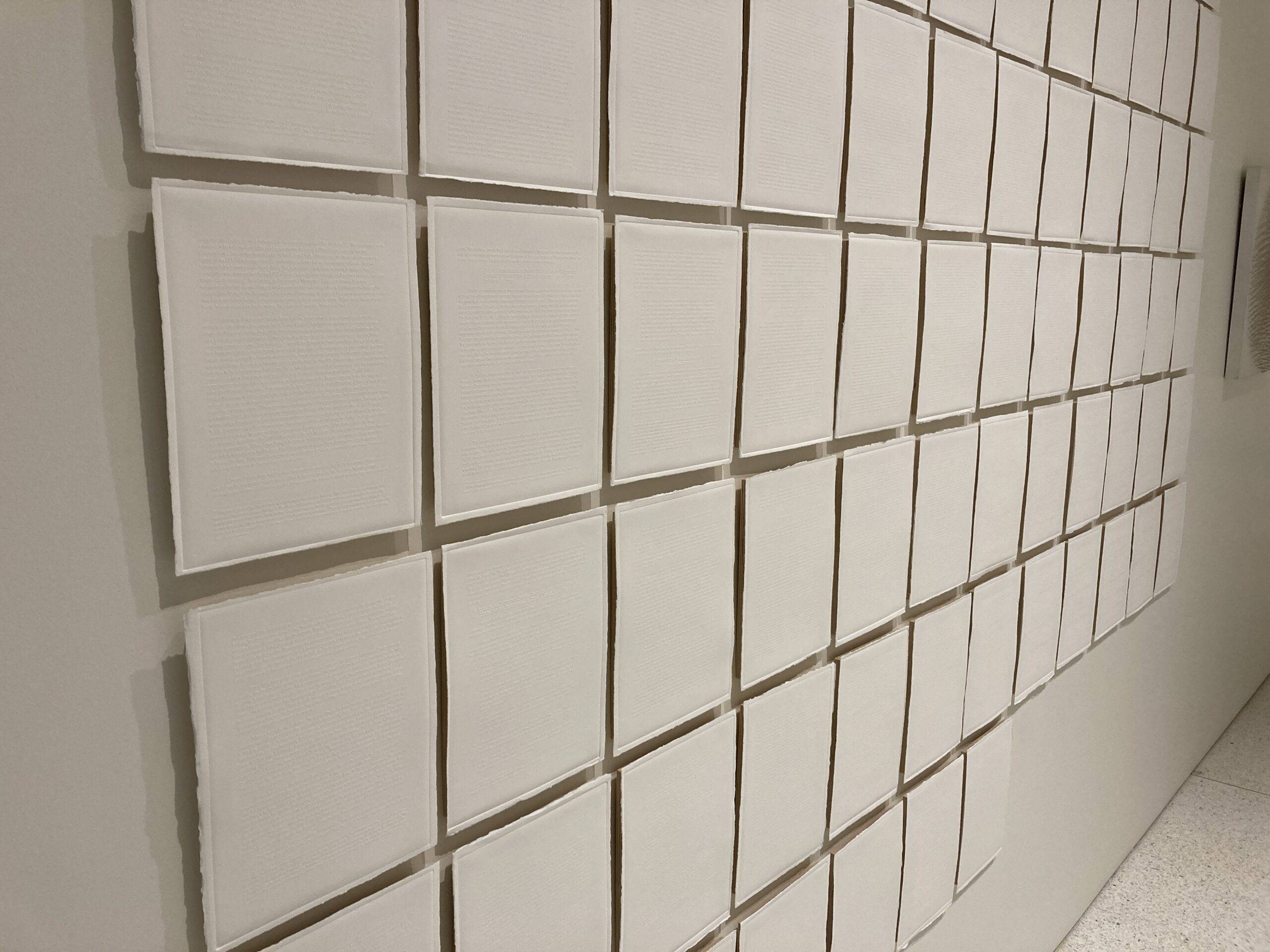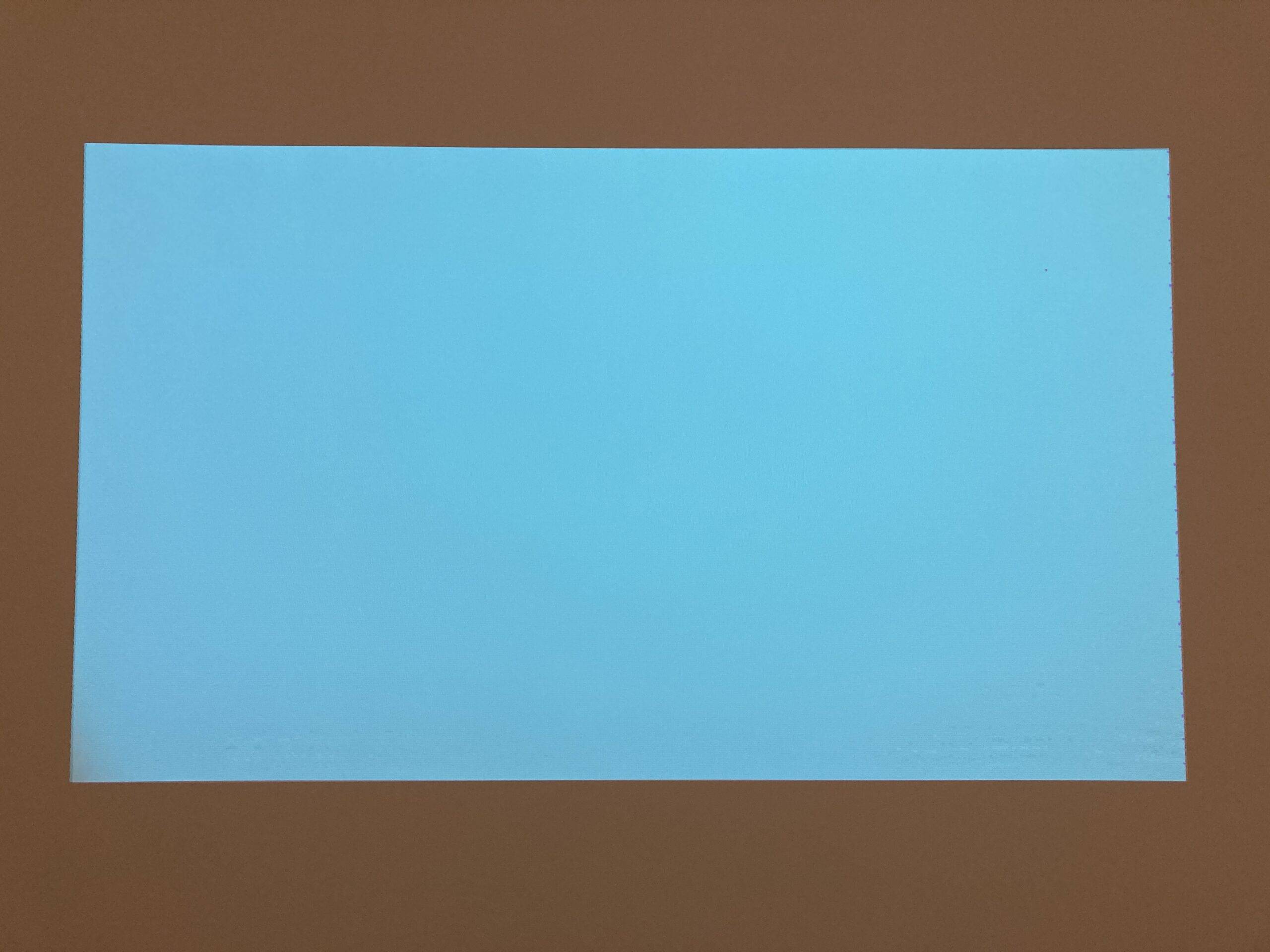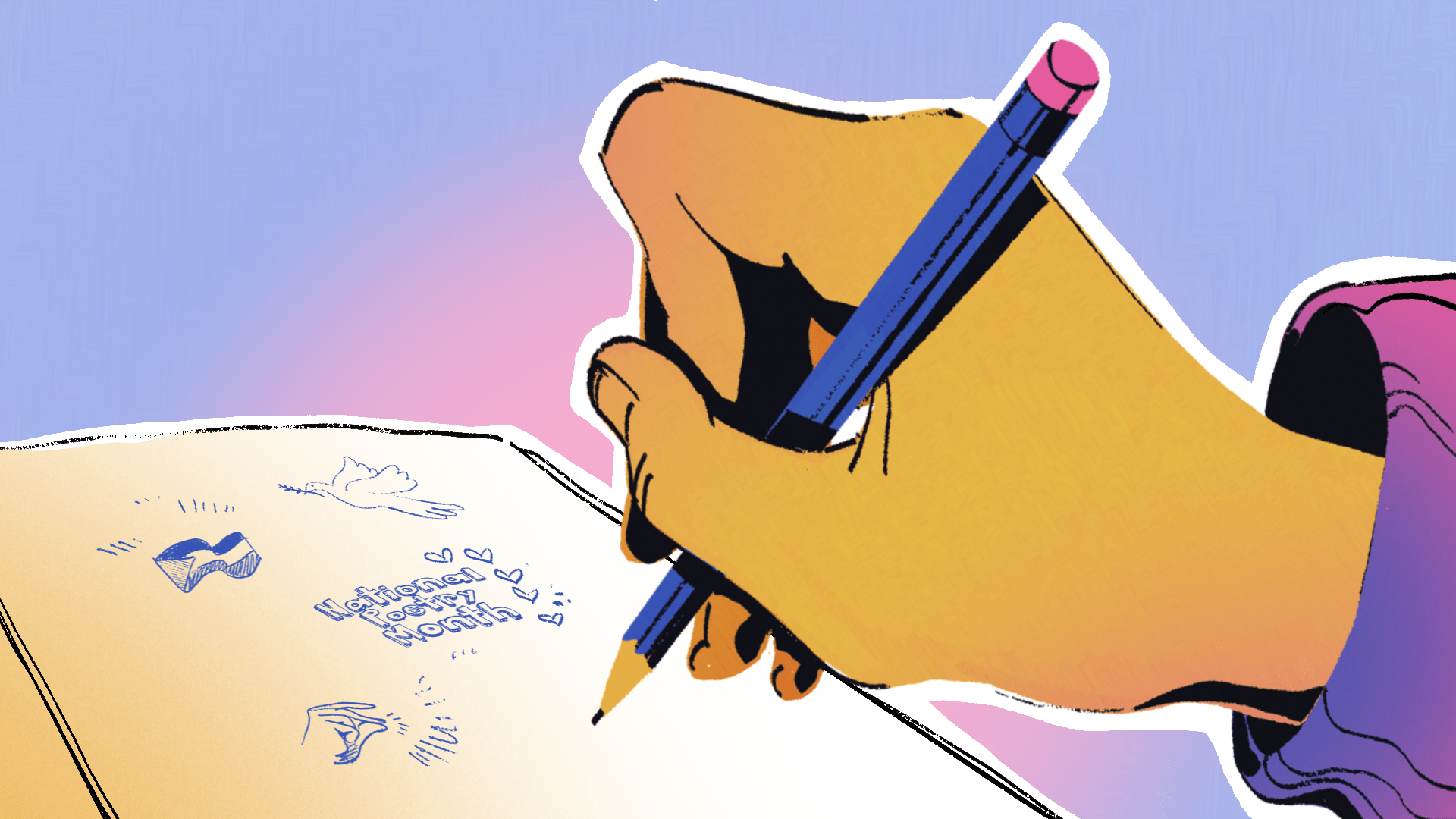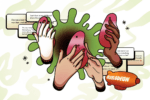“The Five Colors Blind the Eyes” refers to the obsessive overindulgence of mundane sensation that brings forth confusion — hence a hindrance toward Enlightenment — as written in Tao Te Ching, a Chinese classical text. When we visit large museums or galleries, we are often infatuated with the size of huge collections. Despite the fascination we develop during a visit, we can also be so exhausted with that many viewing options. The extravaganza and salon style of information can puzzle visitors concerning what the biggest takeaway for them would be. Instead of taking the maximalist approach, the Smart Museum of Art (SMA) took up the challenge to hold an exhibition that featured monochrome works. In “Monochrome Multitudes” — on view from Sept. 22, 2022, to Jan. 8, 2023, this minimalistic theme granted visitors a space to contemplate the idea that “less is really more.”
Many mid-20th-century avant-garde and canonized monochromatic works explore the concept of “art for art’s sake.” Often these works exemplify the color itself as the subject, without any statement. Bethany Collins’ (b. 1984) “A Pattern of Practice” (2015), instead, speaks of social justice. Collins’ work displays 91 blind-embossed prints as an installation. From a distance, the work is a neatly arranged collection of white papers. The deceptively plain and bland display of mere white papers invites visitors to take a closer look. The hidden message is only discoverable when viewers come close. This work includes almost the entire United States Department of Justice report on the Ferguson, Missouri, Police Department after Michael Brown, an eighteen-year-old African-American, was unjustly murdered by police in 2014. The imperceptible and illegible text hints at systemic racism. The wall of white papers invites visitors to rethink the power struggle and racial injustice in the U.S.
Tobias Rehberger’s (b. 1966) “81 Years” (2002), a computer-programmed video work, challenges our viewing experience. The duration refers to the average human lifespan (81 years). This work runs well beyond one’s lifetime and also a usual gallery’s lifespan. The impossibility of viewing the entire work obliges the viewers to focus on the concept instead of the visual. That said, the projection of an unmoving image of monochrome creates a space for visitors to take a moment for contemplation. Another notable extensively slow work (not in this exhibition) is John Cage’s “Organ2/ASLSP (As Slow as Possible).” It is scheduled to conclude its performance at St. Burchardi church in Halberstadt by 2640, lasting 639 years since 2001.
Similar to Rehberger’s “long-form,” Derek Jarman’s (1942-1994) 79-minute long video “Blue” (1993) also defies viewers’ visual expectations and perceptions. This long static shot of blue was a reference to Yves Klein’s patented color International Klein Blue. To make the exhibition cohesive, the curator situated Klein’s work “Table Bleue” (1961) right outside of the screening area. The “blueness” of Jarman’s video reflects his impaired eyesight due to AIDS complications. Finished months before his death, this unchanging video features voiceovers narrating texts written by him — exploring his life living with AIDS.
Naama Tsabar (b. 1982), an Israeli installation and performance artist, encourages interactivity through “Work On Felt (Variation 18 and 21)” (2017 and 2020). On the monochromatic felt (black and purple respectively), there is a steel string attached to each work. The felt is stiffened with carbon fiber to give it enough strength to hold the tension of the string. A piezo microphone is used to pick up the sound when visitors pluck the string and the amplifiers expand the sound into volume.
Kwon Young-Woo (1926-2013), a South Korean artist, manipulates the Korean paper hanji by cutting, gluing, layering, and scratching. Despite his training in ink painting, he abandoned the use of ink and brush. His work “Untitled” (circa 1970) shows an array of parallel line punctures across the width of the paper. The exclusion of ink marks activates the paper to become the primary medium. The absence of ink also invites viewers to examine the texture more closely.
The selection is diverse, featuring artworks by over 90 artists. While the marginalization of Latin American and Asian artists is still a huge issue in major museums, SMA showcases a handful of artworks from Latin America and Asia. Besides canonized artists like Yves Klein, James Turrell, and Richard Serra, among others, the exhibition also presents plenty of female-identified artists’ works.
Going further, SMA curators extend the exhibition’s inclusivity. As a strategy to diversify the curatorial practice, various school communities — including faculty, researchers, graduate students, curatorial assistants, and undergraduate interns — contribute to the work descriptions. Expanding the voices in the University of Chicago further, SMA also created audio commentaries to accompany the artworks. This attempt reminds me of my visit to the Cantor Arts Center at Stanford University, where graduate students and professors are invited to write descriptions for artworks. SMA pushes it further by including faculty outside of the Art department — the School of Law, Department of English and Program in Creative Writing, Cinema & Media Studies. These multiple perspectives outside of historical and curatorial lenses provide extra clues to assist interpretations. The efforts on labels and statements are well noted. But speaking of that, there was one description that reminded us of a recent incident at the Art Institute of Chicago on a work label.
Félix González-Torres’ (1957-1996) signature iteration of “Untitled” (L.A.)” (1991) is also displayed in SMA, populating a wall with candies in green wrappers. Despite the work’s fame, the description did not include its historical backdrop. González-Torres transliterated the loss weight of his partner Ross Laycock, who was dying of AIDS. The fifty-pound works, and the gradually depleting amount of candies, signify Ross’s passing (Viewers are supposed to take candies from the installation). As much as the AIDS epidemic peaked during the 1980s and seems distant and obsolete, art lovers and the general public still wish to commemorate the HIV/AIDS activism effort. Perhaps many artwork description writers have assumed viewers’ knowledge of the background, or even some might find it rather remote to be remembered.
Not only do artists have to justify the information to put into their works — be it maximalist, minimalistic, or moderate; writers, curators, and historians also face the same obligation to make deliberate choices on what to include for their audiences.
One of the examples is show is in “Bros” (2022), a recent gay romance movie, where the protagonist Bobby Lieber — a podcast host and curator of the National an LGBTQ+ History Museum — commented how historians and scholars often fail to acknowledge and recognize Khnumhotep and Niankhkhnum as the first recorded same-sex couple. Lieber commented: “Yet to this day, there are historians who refuse to believe that these men were lovers, and insist that they were brothers instead. Thus began 5,000 years of queer love stories erased from the history books. No gay love stories to teach us about love and how to love each other.”
González-Torres is one of my favorite conceptual artists. In particular, the timeless quality of his candy series continues to transcend his love and passion towards his partner into a message of awareness and compassion. The execution of his works is always simple, yet the meaning is deep and profound. SMA’s minimalistic and bold take on the theme of “Monochrome Multitudes” is impressive as it successfully maximizes the visitor’s visual experience. The curators’ attempt to present Black, Indigenous, and People of Color (BIPOC), female-identified, and LGBTIQA+ artists also assures the necessity for museums to strive for inclusivity.
With modern education being more liberal and embracing, and more museums attempting to be sensitive and inclusive, we should remain hopeful that equality and diversity will eventually be truly reflected not only in the collection or exhibition but the way curators handle and approach inclusivity. As Lieber continued, “Well, I’m happy to say, this erasure [of LGBTIQA+ history] ends today.”
Gordon Fung (MFA FVNMA 2024) is a transdisciplinary artist working with experimental video art, multi-/ new media, installation, sound art, audiovisual performance, and conceptual arts; also a runaway composer, writer-in-closet, and metalhead.


























